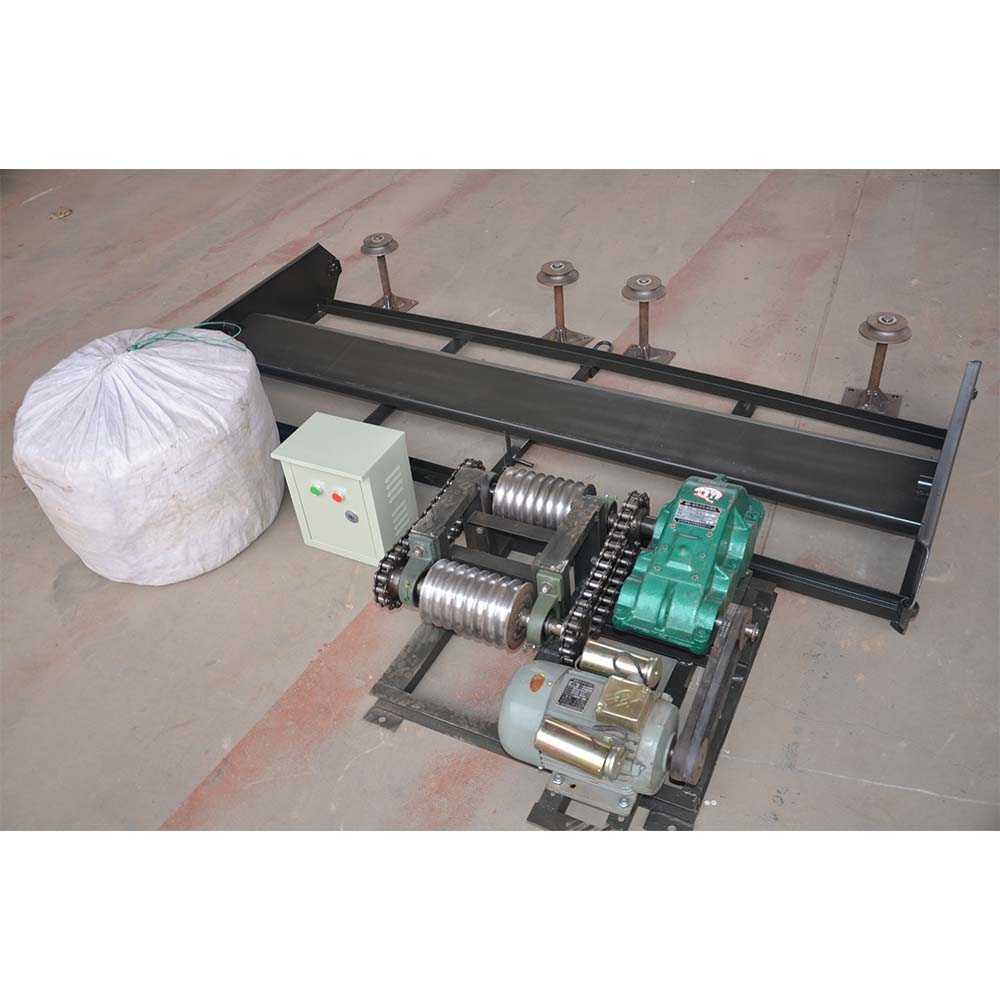Innovative Cage Systems for Enhanced Poultry House Efficiency and Welfare Management
Oct . 17, 2024 03:00 Back to list
Innovative Cage Systems for Enhanced Poultry House Efficiency and Welfare Management
The Cage System in Poultry Houses Efficiency and Welfare Considerations
The cage system in poultry housing has become a significant topic of discussion in the agriculture and animal husbandry sectors. This method of raising birds, particularly laying hens, has garnered attention due to its implications for both efficiency in production and animal welfare. In this article, we will explore the cage system's design, advantages, challenges, and the ongoing debate surrounding its use.
Overview of the Cage System
Poultry houses utilizing cage systems are designed to maximize space and optimize the production of eggs from hens. These systems can be categorized mainly into conventional cages, enriched cages, and battery cages. Conventional cages often house several hens together in a confined space, while enriched cages provide additional amenities such as nesting areas and perches, allowing for more natural behaviors. Battery cages, often criticized for extreme confinement, have been phased out in some regions due to growing concerns over animal welfare.
Advantages of the Cage System
One of the primary advantages of the cage system is its efficiency. By maximizing the number of birds per square foot, farmers can produce higher quantities of eggs while minimizing the costs associated with labor and feed. The controlled environment of cage systems can also lead to better disease management, as the close-quarter living conditions allow for easier monitoring of the health of the birds.
Moreover, cage systems streamline the egg collection process. Mechanized systems can automatically gather eggs at regular intervals, reducing the labor needed for manual collection. This efficiency translates into lower production costs and potentially more affordable eggs for consumers.
Welfare Concerns
cage system poultry house

Despite its advantages, the cage system has come under fire from animal rights advocates and regulatory bodies who argue that it compromises the welfare of laying hens. Critiques often focus on the limited space birds have to move, the inability to exhibit natural behaviors such as nesting or dust bathing, and the psychological stress that may result from confinement.
In response to these concerns, some countries have enacted legislation to phase out conventional cages, pushing for more humane alternatives like enriched cages. These systems allow hens more space and access to resources that cater to their behavioral needs, thereby improving their overall well-being. However, the transition to more spacious housing solutions can be expensive for producers, raising costs for consumers and affecting the industry’s economic dynamics.
The Future of Cage Systems
The future of cage systems in poultry houses remains a contentious issue. As consumers become increasingly aware of animal welfare concerns, there is a growing demand for products that are certified as humane. This shift has led many producers to reconsider their housing methods and the implementation of higher welfare standards.
Additionally, advancements in technology are paving the way for innovative poultry housing solutions. Smart farming techniques, including automated monitoring and data analysis, may enhance the welfare of birds while maintaining efficient production levels. For instance, automated feeding systems can ensure that birds receive the proper nutrition based on their specific needs, further optimizing health and productivity.
Conclusion
The cage system in poultry houses plays a complex role in the balance of agricultural efficiency and animal welfare. As the industry evolves, it is essential for producers to consider not only economic viability but also the ethical implications of their farming practices. The transition towards more humane systems will likely continue, driven by consumer preferences and advancements in poultry management technology. In this dynamic landscape, finding sustainable solutions that address both efficiency and welfare will be crucial for the future of poultry farming.
-
Hot Sale 24 & 18 Door Rabbit Cages - Premium Breeding Solutions
NewsJul.25,2025
-
Automatic Feeding Line System Pan Feeder Nipple Drinker - Anping County Yize Metal Products Co., Ltd.
NewsJul.21,2025
-
Automatic Feeding Line System Pan Feeder Nipple Drinker - Anping County Yize Metal Products Co., Ltd.
NewsJul.21,2025
-
Automatic Feeding Line System - Anping Yize | Precision & Nipple
NewsJul.21,2025
-
Automatic Feeding Line System - Anping Yize | Precision & Nipple
NewsJul.21,2025
-
Automatic Feeding Line System-Anping County Yize Metal Products Co., Ltd.|Efficient Feed Distribution&Customized Animal Farming Solutions
NewsJul.21,2025






